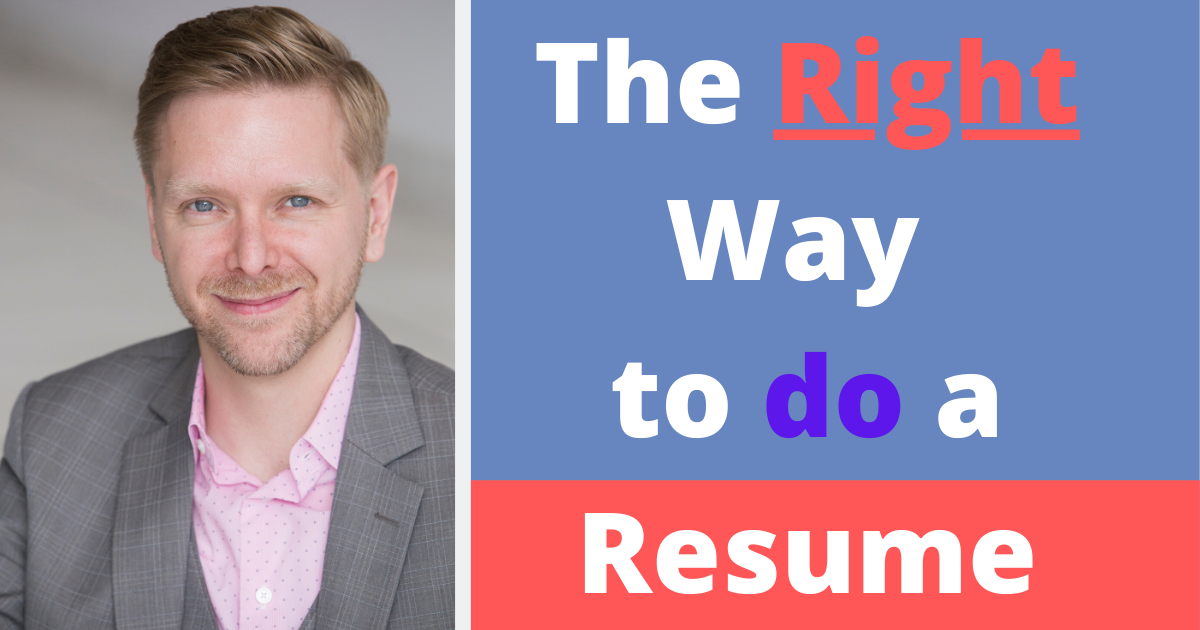Networking is not a new concept; it has been around for as long as most of us remember. I strongly believe that networking is critical to long-term career success. While the stereotypical reactions is that networking is a phony and often, exploitive exercise that people only engage in to benefit themselves or their businesses. While, in some cases, this is true, networking is also so much more than that.
What is Networking Exactly?
Networking is more than a simple exchange of information between two people. It is about establishing a relationship with people who will become your colleagues, partners, and often, your friends. A networking contact may be able to help you advance in your career, create important business or personal connections, and provide inside information in your industry or field of industry that can help with a job search.
Why should I be networking?
Research is piling up that show the benefits of networking and the importance of professional networks in career growth, job transitions, and increased business activities. While you often hear that many people don’t like networking (including some executives and leaders), it is a necessity in today’s hyper-connected world.
Change Your Mind Set About Networking – It’s not the Schmooze-fest of the business films of the ‘90s

It helps to think of networking as learning. Thinking of making new connections as an opportunity to understand more about your field, the other person’s role, or in fairness, just getting to know a new person can help. Focusing on learning something new, it can pique our curiosity, create excitement, and increase our positivity toward this activity. Focusing on the positive benefits you can gain from meeting new people tends to help you feel more authentic and have an easier time making genuine connections. Attitude, as always, is essential in making the most of anything. By approaching networking with a perspective of positive learning, any connection, however little, will add value to your life.
But, what if I’m shy, an introvert, or feel plain awkward?

Unfortunately, being shy or an introvert isn’t the golden note to get you out of that awkward swim class, but there are some things you can do to make networking a little more comfortable. But the first thing is just to get out there. Usually, the worst-case scenarios we like to tell ourselves don’t come true, and you end up feeling okay and that maybe it wasn’t so bad. Well, the more you do that, the easier it will become. Some of the most successful leaders are well-known introverts. Oprah Winfrey, Bill Gates, JK Rowling, Hilary Clinton, and even Meryl Streep, a renowned and incredibly talented actor, all consider themselves introverts. All have had to network to become the legends they each are in their fields.
So, start with what you know – chances are you will have more in common than you think. Don’t apologize for being quiet or shy, it is okay to be you. Say the person’s name, it is a great way to break the ice and show that you are listening, making the initial conversation easier. And lastly, smile. A smile goes a long way in creating connections. This small but powerful tool in a human’s arsenal can disarm even the ‘toughest’ character. Next time you are walking down the street, smile at a stranger, the majority of times, people smile back. If you are shy, a smile can be your best friend.
Tips and Tricks
To get you started on networking, here are a few tricks and tools.
- Figure out what style works best for you, everyone is different. While you may need to leave your comfort zone for a bit, you need to figure out what method works best for you. For introverts, it might be a one-on-one coffee or events with fewer attendees. For extroverts, you may enjoy a large conference or mix n’ mingle type events.
- Network outside your usual contact list. The idea is to meet new contacts and to do this, you will have to step outside the box. Some ideas for networking contacts are professional chapters, business groups, entrepreneurial groups, or your old alma mater.
- Next, make a game plan and get out there, take that first step, start slow if you need to.
- When you first meet a new contact, learn about the person you are talking with – their company, their role, a little bit about them – ask questions (don’t be too nosy) and take the time to show your interest in them
- Givers gain. What does this mean? Simply put, those who give also receive. Think not only about what you are looking for but also how you can be of help. Relationships are two-way streets, and building trust is essential to a constructive and genuine partnership, friendship, or any sort of relationship.
- Their network. By chatting a bit and asking questions, you will get a better understanding of how that person can help and how their network can help. And yes, this will eventually expand your own network, which is a great compound effect!
- Networking profile. A great tool is the networking profile. Similar, but much more simple than a CV, it is a sheet or card that you can leave with a potential contact that contains the following:
- Pic
- Name and Email
- Your objective
- Provide three to five highlights about yourself – think of these of selling points or ways that you can also help someone else or something you want to highlight about yourself to a new network
- A list of three to five people or areas you are looking to network with that clearly shows someone what you are looking for in an easy-to-read (think bullet points) format
- Leave the door open. Provide an easy way to contact you or a reason for you to contact them. Provide a business card (if you have one) or exchange numbers. If you offered help and it was accepted, make plans to discuss the next steps.
Bottom Line
While networking can be nerve-wracking, it doesn’t have to be. Making a game plan, understanding what works best for you, and reaching out with the intent to establish a two-way relationship will go a long way in helping to create meaningful connections and help you become more comfortable stepping out.
Christopher is the Chief Value Officer and Founder of Change My Life Coaching and Co-Founder of Change My Business Coaching and the Healthy Transformations Weight Loss & Inflammation Reduction Program. Change my Life Coaching is a fast-growing whole-life, leadership and business coaching company, and the only one of it’s kind. He is also the author of “Go Beyond Passion: Discover Your Dream Job”. Christopher spent 15+ years working in the corporate world with a plethora of industries and companies. His focus was primarily in planning, strategy, and leadership of change management and communication. Christopher is a Certified Master Coach Practitioner (CMCP), trainer and facilitator, and a passionate public speaker who truly cares about the success of each and every single person he comes into contact with. You can reach him at [email protected].












